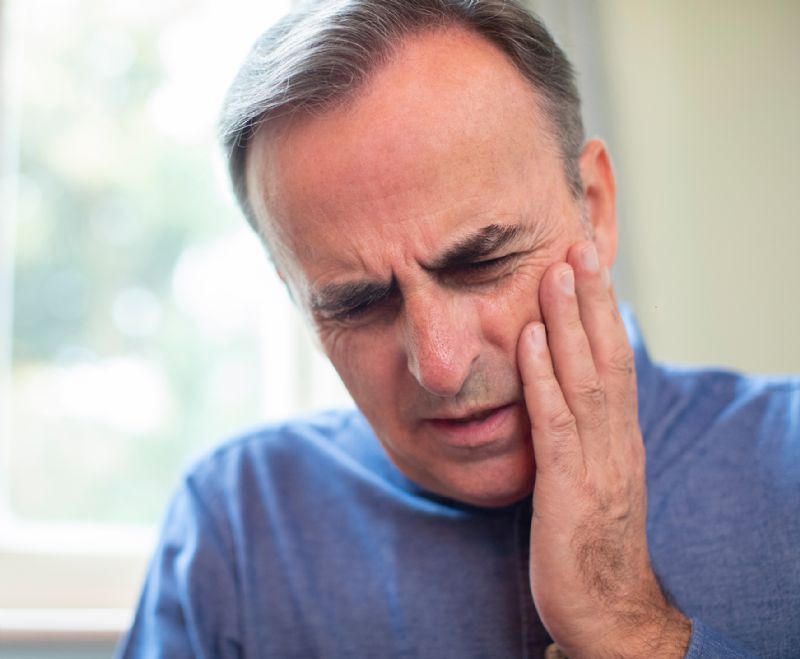- Home
- News, Articles & Reviews
We are hiring! Please click here to join our growing magazine delivery team in Gloucestershire!

Understanding shingles
All Areas > Health & Beauty > Medical Health
Author: Kirsty Lilley, Posted: Wednesday, 26th June 2024, 09:00
Shingles is an infection of a nerve and the surrounding skin, and it is caused by the varicella zoster virus, also responsible for chicken pox. It is thought that a weakened immune system prompted by stress, other health conditions and treatments such as chemotherapy gives rise to shingles.
When you catch chicken pox the virus can stay in the body and be reactivated later as shingles. Although it is possible to get shingles more than once, it is rare to develop it more than twice.
Symptoms
The main symptom of shingles is pain, followed by a rash which develops into itchy blisters and looks like chicken pox. Other symptoms include a headache, being generally unwell, high temperature, and burning, tingling or numbness of the skin in the infected area.
The rash very often appears on one side of the body – usually the face, tummy or chest – but it can appear on other areas. New blisters can appear for up to a week, after which they dry and flatten out, becoming yellowish in colour. It can take up to four weeks for the rash to disappear, and pain can persist for some time after.
Although you cannot catch shingles from other people, you can catch chicken pox from an infected person, so it’s best to avoid contact if you have a weakened immune system or are pregnant, and be especially careful with babies under one month old.
Treatment
While there is no cure for shingles, there are medications that can relieve some of the symptoms if they are moderate to severe and you have other underlying health problems. A combination of painkillers, steroids and anti-viral medications can help, and usually need to be started within three days of the rash appearing for greatest effect.
If you are concerned, phone your GP surgery. It is also possible to get help and some medications from your local pharmacist without a GP appointment.
Helping yourself
If the symptoms of shingles are mild it is possible to treat yourself at home. Taking paracetamol as stated will help to ease the pain. Make sure to keep the rash clean and wear loose-fitting clothes. Use a cold compress – ice cubes wrapped in a cloth – on the affected area a few times a day to ease the tingling or burning sensation.
Stay off work or school if the rash is still oozing and wait until it has dried out until you return.
Complications
Most people recover from a bout of shingles without any lasting effects, but complications can arise for some. These include post-herpetic neuralgia, which is a pain that lasts for several months after the rash has gone, muscle weakness, and scarring or skin colour changes after the rash has receded. If you are concerned about any lasting effects, contact your GP for help and advice.
A shingles vaccine is now available on the NHS for those who turned 65 on or after 1st September 2023, people aged 70-79 not yet vaccinated, and those aged 50 or over with a severely weakened immune system.Copyright © 2025 The Local Answer Limited.
Unauthorized use and/or duplication of this material without express and written permission from this site's author and/or owner is strictly prohibited. Excerpts and links may be used, provided that full and clear credit is given to The Local Answer Limited and thelocalanswer.co.uk with appropriate and specific direction to the original content.More articles you may be interested in...


© 2025 The Local Answer Limited - Registered in England and Wales - Company No. 06929408
Unit H, Churchill Industrial Estate, Churchill Road, Leckhampton, Cheltenham, GL53 7EG - VAT Registration No. 975613000You are leaving the TLA website...
You are now leaving the TLA website and are going to a website that is not operated by us. The Local Answer are not responsible for the content or availability of linked sites, and cannot accept liability if the linked site has been compromised and contains unsuitable images or other content. If you wish to proceed, please click the "Continue" button below:




